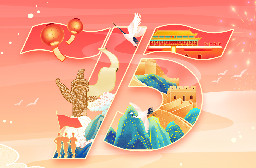Geography

Daqing Mountain in Hohhot, lies in Inner Mongolia autonomous region [Photo/people.com.cn]
Hohhot is located in the central part of North China's Inner Mongolia autonomous region.
It is located at 110° 46′ - 112° 10′ east longitude and 40° 51′ - 41° 8′ north latitude. It is the political, economic, cultural, scientific, educational and financial center of the autonomous region.
The city has a total area of 17,000 square kilometers.
It is an important hub city connecting Northeast China, North China and Northwest China. It is a regional central city in the Hohhot-Baotou-Ordos-Yulin City Cluster, as well as an important node city for the construction of Belt and Road Initiative.
The city has Daqing Mountain to the north, Manhan Mountain to the southeast and the Tumochuan Plain to the south and southwest.
The territory is mainly divided into two major landform units. Daqingshan in the north and Manhan mountain in the southeast are mountainous terrain, while the south and southwest are plains.
Its highest point is 2,280 meters above sea level, at Jinluandian, Daqing Mountain. The peak in the downtown area is 1,040 meters high.
The city has a drainage area of 1,381 square kilometers and an annual runoff of 49.7 million cubic meters of water. The total length of the rivers running in Hohhot amounts to 1,075.8 kilometers.
Hohhot belongs to the mid-temperate continental monsoon climate and the climate change in the four seasons is obvious, with great differences. The winter is long and severely cold, the summer is short and hot and the climate changes sharply in the spring and autumn.
The annual average temperature increases from north to south.







